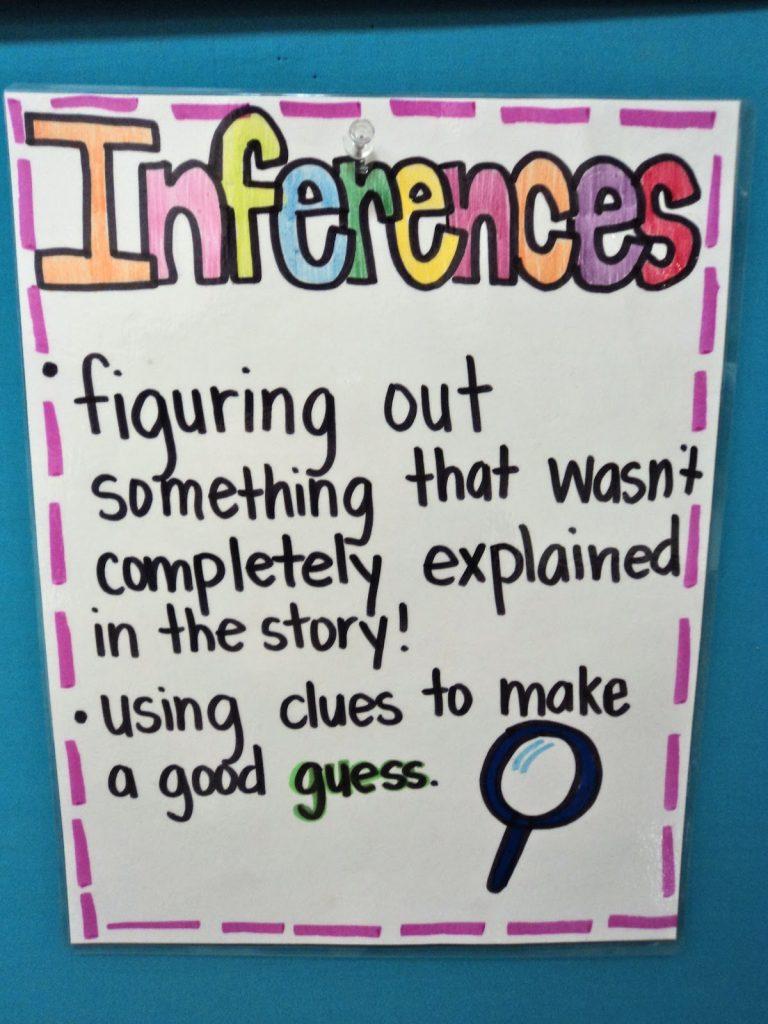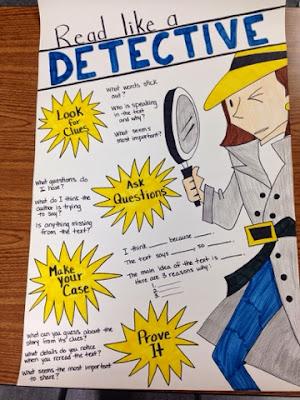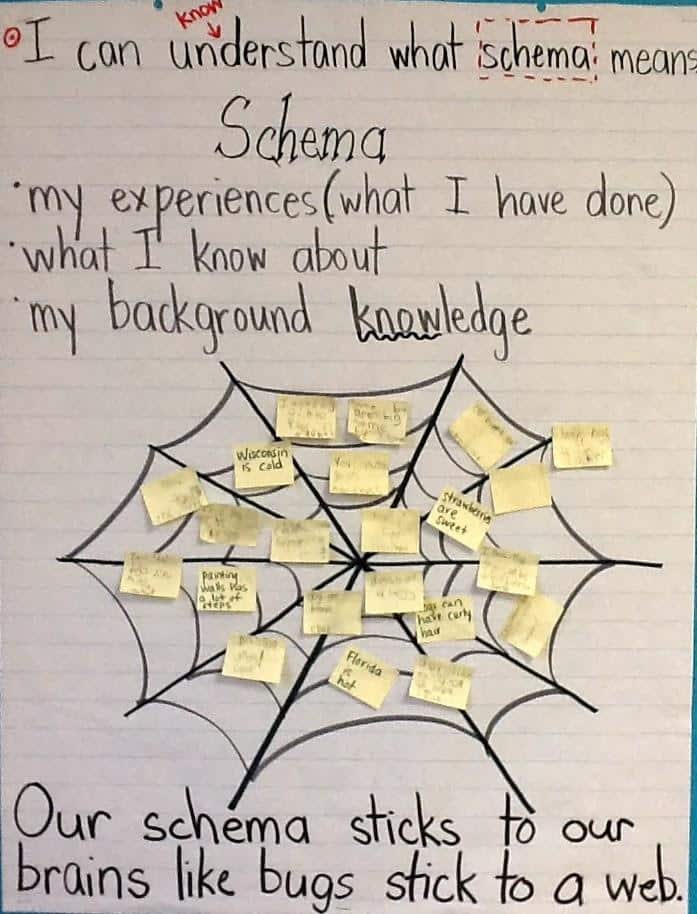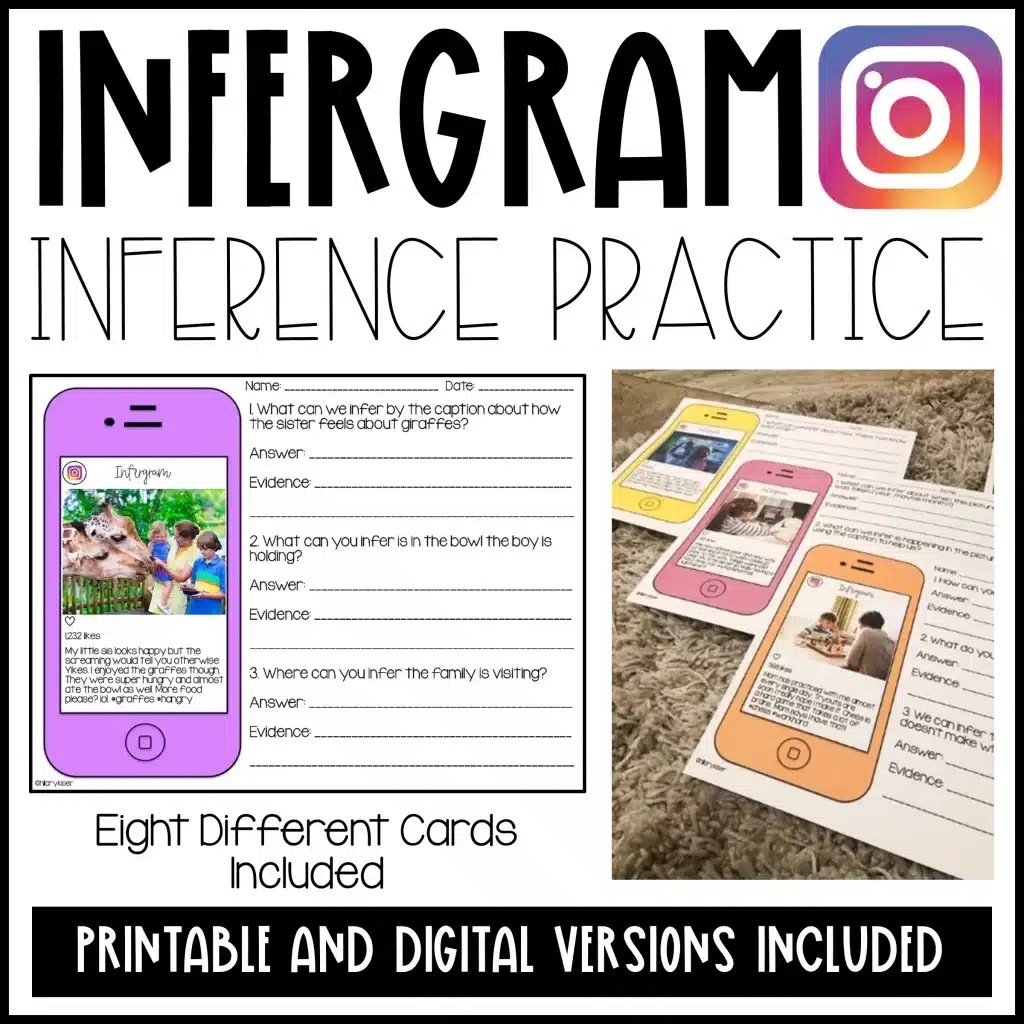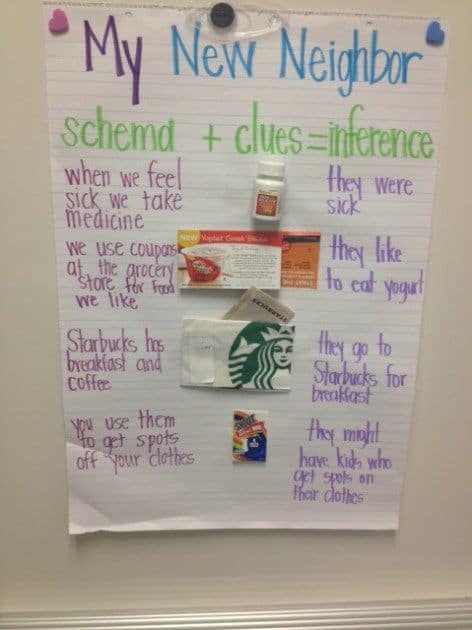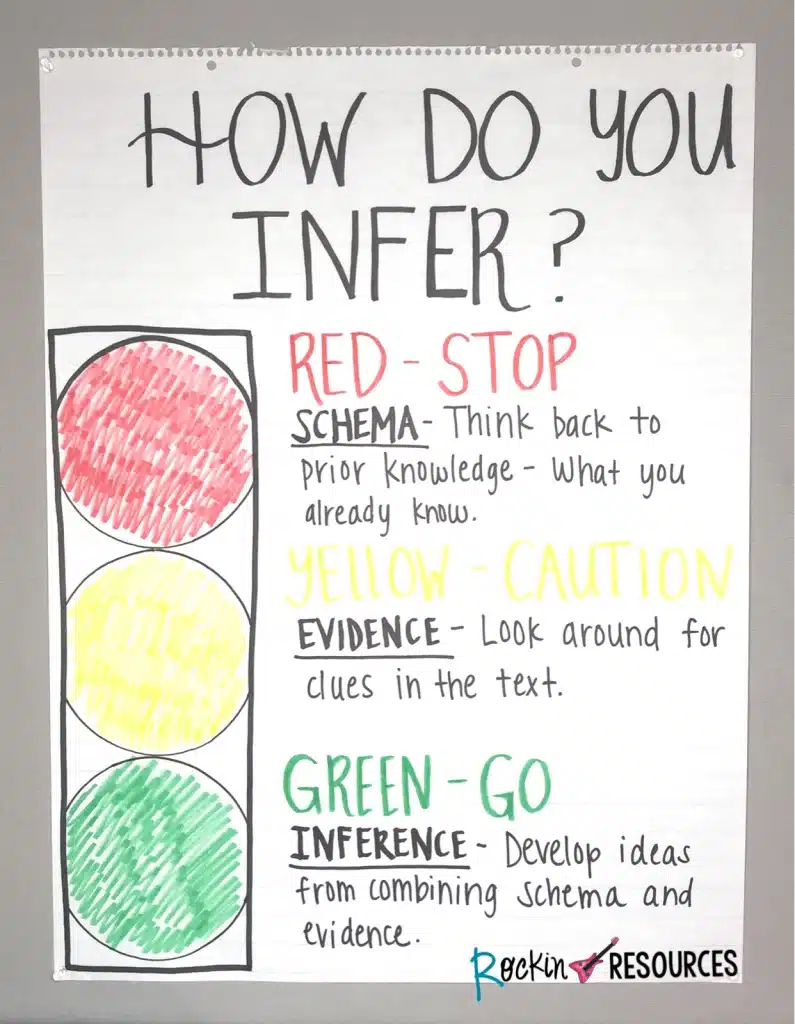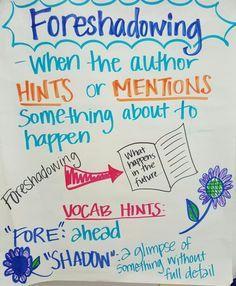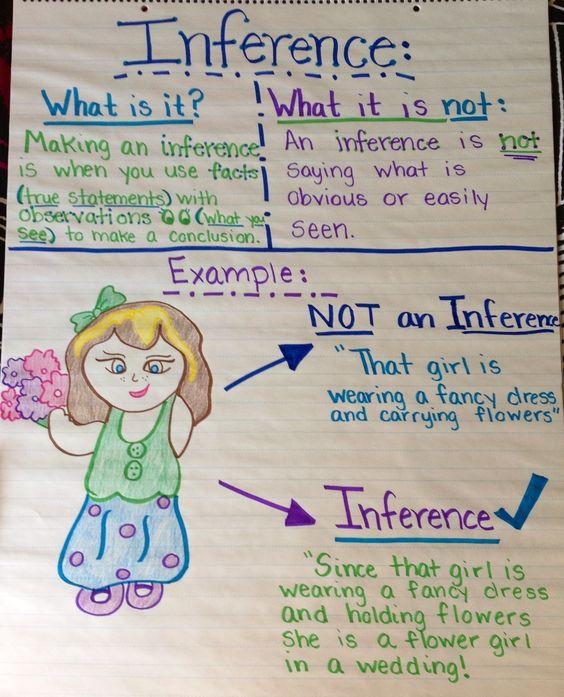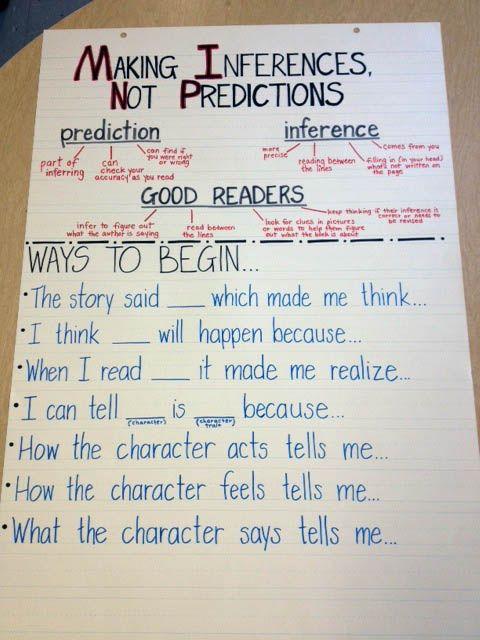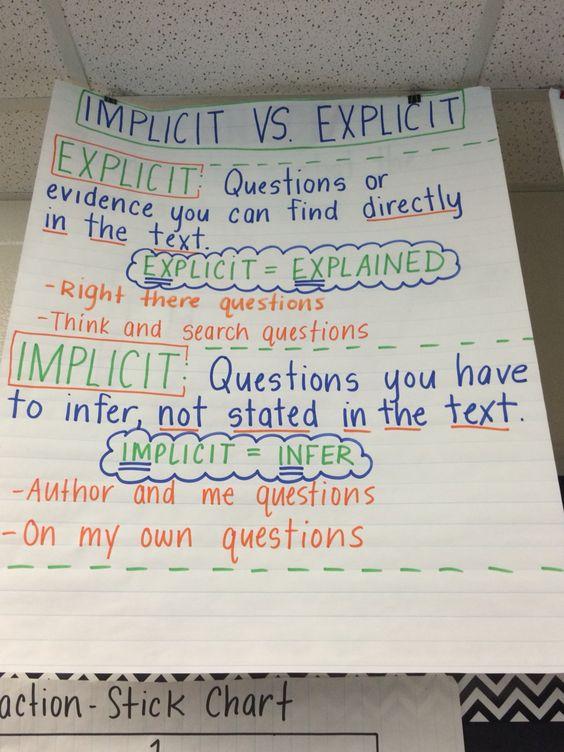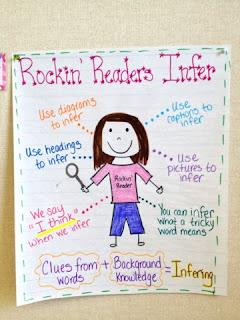Inferencing is a critical thinking skill that means drawing conclusions based on schema, or background knowledge, and evidence. It’s important for students to learn how to read between the lines as well as make predictions when it comes to reading texts, and moving through life in general. This can be a tricky skill in the beginning, so help your students out by providing them with an inferencing anchor chart.
Table of Contents
- Elements of a Good Inferencing Anchor Chart
- Inferencing Anchor Chart Resources from Teach Simple
- Inferencing Anchor Chart Examples from Other Teachers
- Free Resources
- Final Thoughts on Inferencing Anchor Chart
Elements of a Good Inferencing Anchor Chart
Giving examples is always a great idea for an anchor chart. Consider providing example sentences of inferences, observations, and predictions, or the type of language we use to phrase any of these. You can also show examples of other things that commonly get confused with inferences to illustrate the difference.
The primary goal of an anchor chart is to function as a quick reference guide, so make sure that the wording you use is brief and easy to understand for your students’ reading and comprehension levels. Avoid lengthy explanations and complicated sentences.
Lastly, make it visual. A fun drawing, or smart use of color pulls the eye in. It can also make information easier to digest and recall. Have fun with it and make your inference anchor chart creative, beautiful, or funny!
Take a look at the following examples to inspire your own classroom’s inferencing anchor chart.
Inferencing Anchor Chart Resources from Teach Simple
Making Inferences Anchor Chart by First in Line



This printable contains three pages. One is a complete anchor chart that defines what inferencing means, along with four puzzle pieces explaining what we use to make inferences. The second page of this set is the same anchor chart, but with a few keywords left blank for students to fill in themselves. The last page includes examples of what an inference may sound like when spoken aloud or written out. A few blanks are left here as well for students to fill in.
Making Predictions Anchor Chart by First in Line


In this PDF set, you can print off four different pages about making predictions. Again, one is a complete anchor chart. It defines what a prediction is, and then provides guidance for how to make predictions when reading a text. A second anchor chart goes into a little more depth, giving sentences for students to complete as they approach a text. The last two pages of this package include a copy of both with blanks left for students to complete.
Inferencing Anchor Chart Examples from Other Teachers
A Simple Inference Definition by Simply Kinder
“Inferencing” is a bit of a big word, that comes with a somewhat tricky definition. This anchor chart makes the process as bare bones as it gets. It simply asks, “what’s an inference?” and shows a drawing of a book labeled “clues from the text,” and a drawing of a lightbulb containing the words, “what I already know.”
An Alternative Simple Inference Chart by First Grade Fresh
Here’s another easy-to-digest explanation of inferencing. There are just two bullet points on this anchor chart: “figuring out something that wasn’t completely explained in the story.” What a perfect definition! The second bullet point explains we can do that by “using clues to make a good guess.” The word “guess” is highlighted in green.
Read Like A Detective by Grade School Giggles
This anchor chart looks great with its fantastic drawing of a detective and its strong use of color. At a glance, the phrases that pop out to the viewer are “look for clues,” “ask questions,” “make your case,” and “prove it.” Further reading provides the student with examples of how to follow each of those steps to make inferences.
Our Schema’s Like A Web by Happy Literacy!
Studying inferences is a good time to introduce the juicy vocab word, “schema.” This anchor chart begins with a learning objective: “I can understand what schema means.” Below that, three bullet points list out what makes up our schemas. The fun part comes next: a big drawing of a spider web with sticky notes stuck inside. Each sticky note contains a specific example of schema. The sticky notes make it possible to redo with every new text you want students to practice making inferences.
Infergram by Hillary’s Teaching Adventures
A cute idea, this printable includes an Instagram picture and caption for students to make inferences about. While this falls more under the worksheet category, this fun activity could be hung on the wall or kept in notebooks afterward as a quick reference for students.
What’s In My Purse? by Melissa Dawn
Become the character your students make inferences about! Melissa Dawn took a creative approach with her inference lesson. Her chart is titled, “What’s in my purse?” Underneath which it reads, “and more importantly, what does it all mean?” From there, the chart is divided into two sides: Sticky notes listing what’s in her purse, and sticky notes of inferences her students made about her based on the items.
My New Neighbor by Mrs. Richardson’s Class
Similar to the what’s in my purse anchor chart, this one involves the teacher “digging through their neighbor’s trash” to make inferences about them. A project to be done with some levity! This example includes actual trash (in this case, what Mrs. Richardson cobbled together from her classroom and purse. We have an empty bottle of medicine, a coupon for yogurt, a Starbucks bag and napkins, and a clothing spot remover box. Beside each item is an inference, such as “they go to Starbucks for breakfast.”
Traffic Light Inferences by Rockin’ Resources
The traffic light drawn onto this anchor chart provides a cute visual for how to infer. Red symbolizes stopping to think back to schema. Yellow encourages students to cautiously consider evidence from the text. Green gives the ok to make an inference based on the two previous steps.
Foreshadowing Anchor Chart b Jennifer Findley
Foreshadowing is a good thing for students to keep a lookout for when making inferences. This anchor chart defines foreshadowing as “when the author hints or mentions something about to happen.” The bottom of the anchor chart provides some further insight, breaking down the word foreshadow by explaining that “fore” means “ahead,” while a shadow is “a glimpse of something without full detail.”
Types Of Context Clues by Teaching With a Mountain View
A little different from the other anchor charts on this list, this one is more about making inferences about the meaning of words rather than what’s going to unfold in the plot or what a character is feeling. The chart is labeled “Types of Context Clues” with four quadrants for each type: “definition,” “example,” “antonym,” and “synonym.” The chart explains that we can infer the meaning of a word by its definition included in the words around it, examples listed of what that word describes, and other words around it that appear to be an antonym or synonym. A great example sentence is given for each.
What An Inference Is Not by Classroom Nook
Going off the idea of antonyms as a context clue, this anchor chart uses a scenario to contrast a concrete observation against an inference. First, we get a definition of what an inference is, and second, we get an example of something easily confused for an inference: an observation. Below that, we see a drawing of a girl in a dress holding flowers. The description next to her reiterates this, pointing out that this is not an inference. Underneath that, there is an inference that because she’s wearing a fancy dress and holding flowers, she could be a flower girl in a wedding.
The Difference Between Inference & Prediction by TeachThought
Speaking of synonyms, “inference” is not necessarily a synonym for “prediction.” The anchor chart explains that making predictions is part of inferring, and you can find out if you were right or wrong as you read. It lists examples of things good readers do, such as reading between the lines. Finally, the chart lists many example sentences for expressing inferences, such as “the story said ___, which made me think…”
Observation VS Inference by Cooties And Cuties
This display gives a list of observations on one side, and a list of inferences on the other. For example, “I observed a man jumping into water,” corresponding with, “I infer it is hot outside because the man is jumping into water.” This anchor chart is similar to number 13, but with a lot more examples.
Further Explaining Inference And Prediction by Jenny Creasy
This chart makes the difference between inferences and predictions even more clear by breaking down the two categories with examples of what can be inferred and what can be predicted. For example, we can infer feelings, where characters are, or why things happened. We can predict what will happen next. Two connecting puzzle pieces are taped under the infer column adding “what we know” and “what the author tells us.”
Implicit VS Explicit by Jenn Keller
Students may struggle with the idea of what information is being implied vs given directly. It may help to teach the words ”implicit” and “explicit.” This anchor chart gives a definition for both words. It also illustrates the shared beginnings of the words “explicit” and “explained,” as well as “implicit” and “infer.” A few examples of the types of questions that come up for both explicit and implicit information are given as well.
Rockin’ Readers Infer by Miss Rainbow’s Class
This anchor chart shows a rockin’ reader holding her magnifying glass, ready to do all the things listed around her in order to be an excellent reader. Some things include, “use pictures to infer,” and “use diagrams to infer.” At the bottom is a simple definition of inferring.
Free Resources
Inference Worksheet by Lucky Little Learners
This worksheet gives students a space to organize thoughts into three steps: basic knowledge + text clues = inference. There is space for three inferences. This would be a good activity for each text read, and could also be hung on the wall or kept in folders for students to refer back to later.
Final Thoughts on Inferencing Anchor Chart
Both a big word and a big concept, inferencing is important for our students to learn and practice. Help them out by providing an inferencing anchor chart. You can display one on your classroom wall, or have students complete a worksheet to keep in their folders for later reference.

